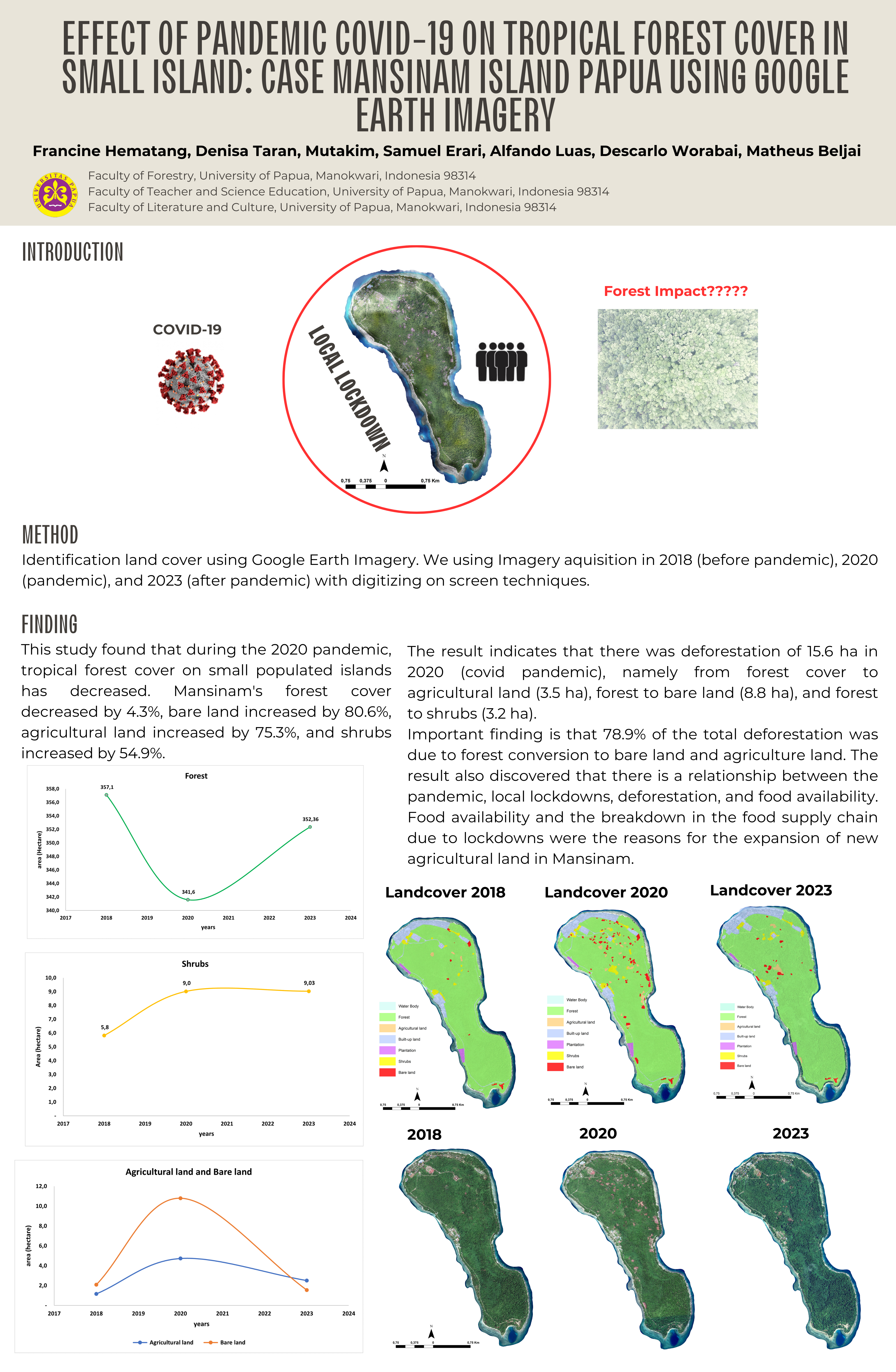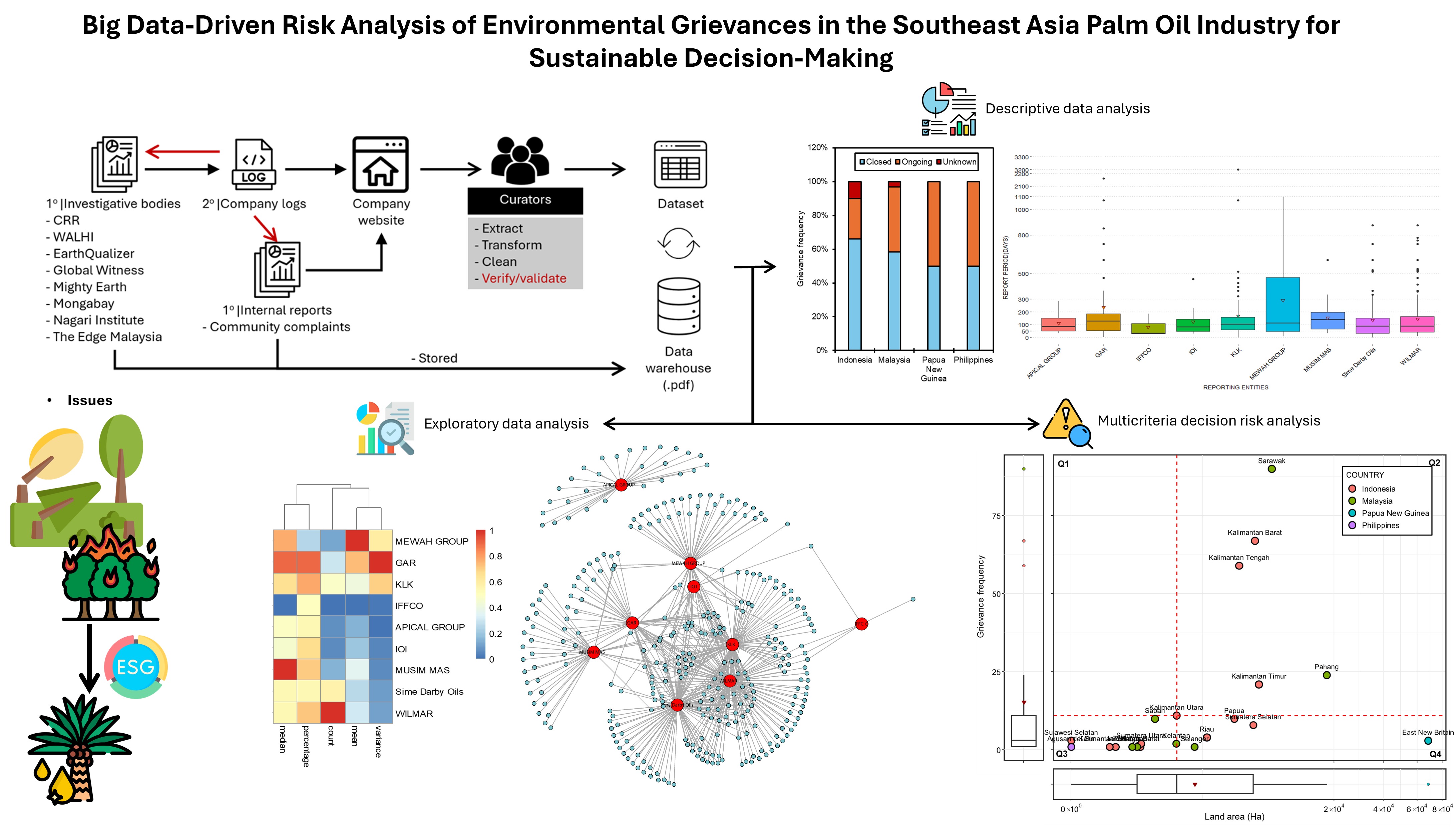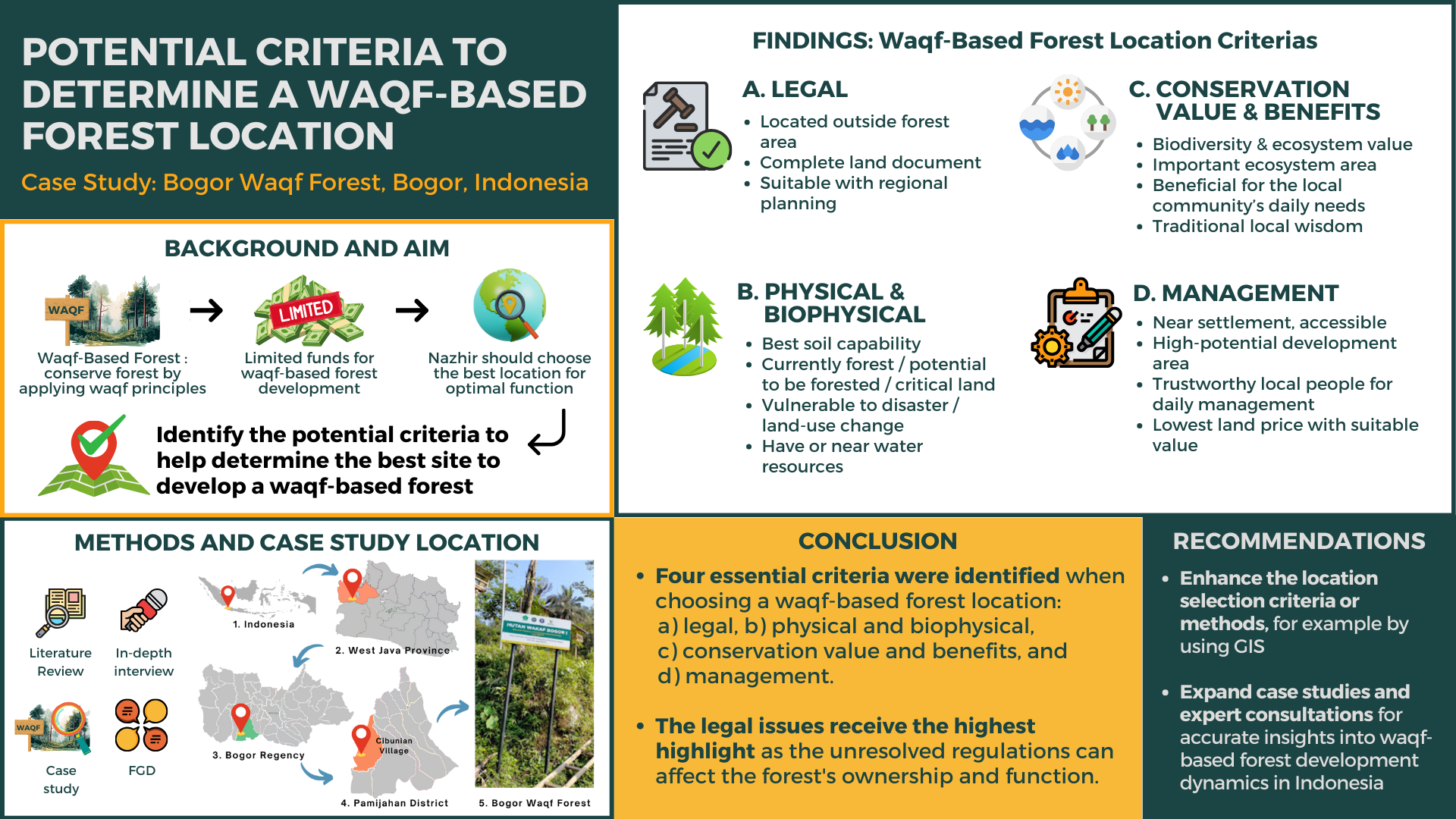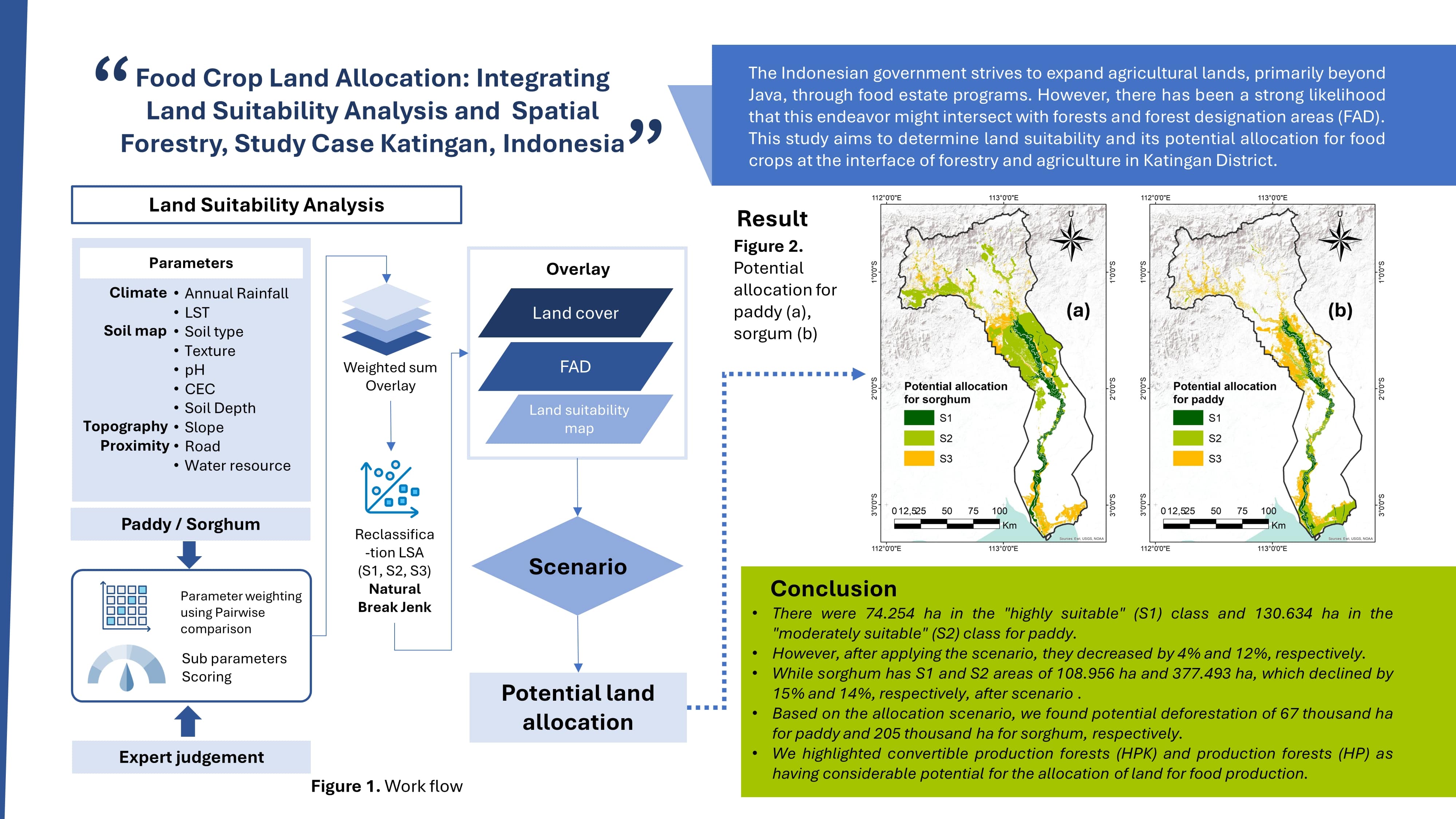Abstract
Timber-based forest management is now shifting to as broader scope including ecosystem-based management. Timber-oriented forest management frequently affects the fragmentation of forest landscape. This paper defines the degree of forest landscape fragmentation in Batang Toru watershed, North Sumatra through indentification of correlation between forest landscape fragmentation and driving factors including biophysical and anthropogenic factors. Identification structure, pattern, and fragmentation of forest landscape were performed using Landsat imageries acquired in 1989, 2001, and 2013. Forest and land cover classes were analyzed using FRAGSTAT 3.3 to generate landscape metrics. Fragmentation of forest landscape was identified using landscape metrics, i.e., area, patch density, number of patch, contiguity and proximity index. The clumpiness index of landscape metrics describes the pattern of forest landscape, while the patch size proportions expressed structure of forest landscape. This study found that forest landscapes located in downstream of the watershed show more fragmented than area in the upper stream, while the sub-watershed of Batang Toru Hilir is more clumped than the others. This study concludes that (1) the forest landscape fragmentation tend to increase since 1989 to 2013; and (2) the degree of forest landscape fragmentation has close correlation with the distance to main road and river.





